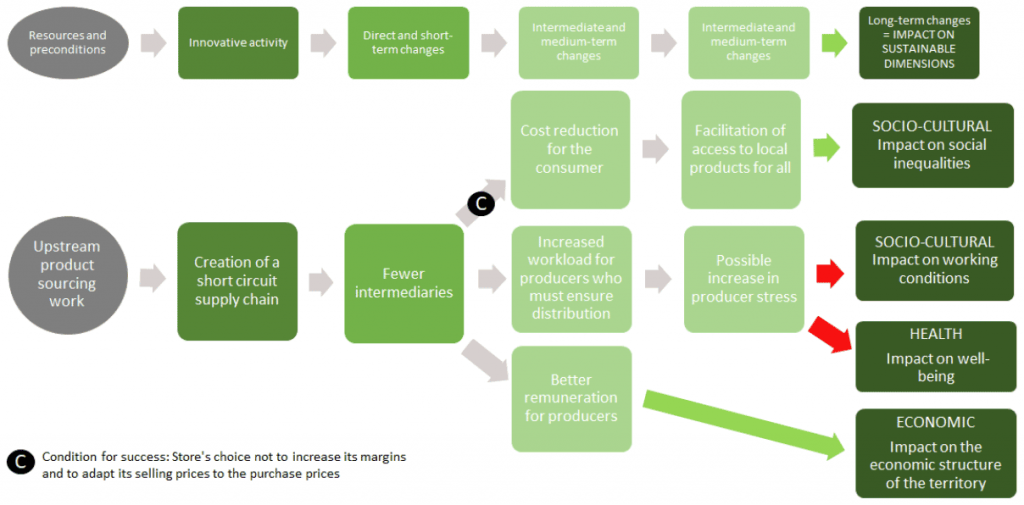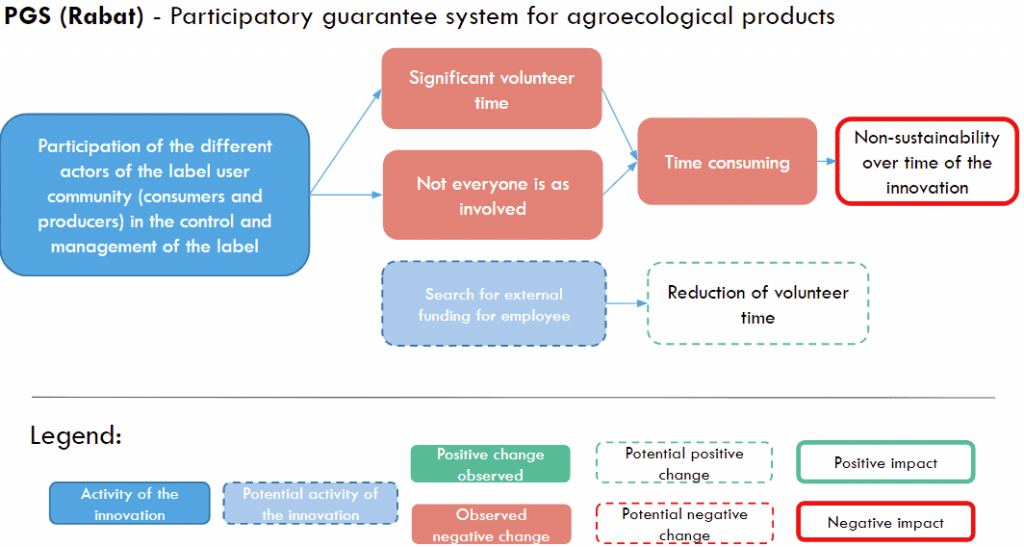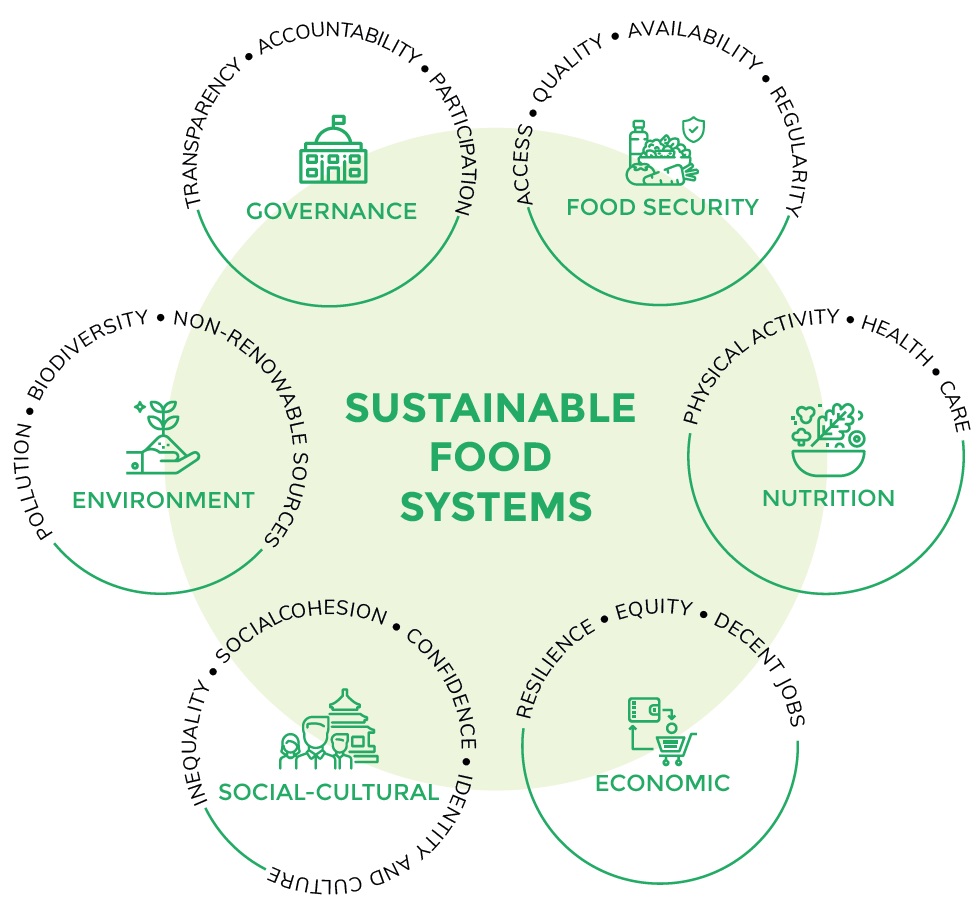Licence
L’approche Urbal est placée sous la licence Creative Commons CC-BY-NC-SA. Les attributs de ces licences sont les suivants :
BY : Toutes les licences Creative Commons (autres que les dédicaces au domaine public) requièrent une attribution. Cela signifie que toutes les licences commencent par le modificateur BY.
NC : signifie non commercial. Une licence comportant le modificateur NC ne peut être utilisée à des fins commerciales, par exemple être vendue ou utilisée dans une publicité, sans l’autorisation de l’auteur.
ND : signifie « pas de dérivés ». Une licence comportant le modificateur ND interdit la création d’œuvres dérivées basées sur l’original, telles que la réécriture ou la traduction d’une œuvre.
SA : signifie « partager de la même manière ». Les licences qui autorisent les produits dérivés, c’est-à-dire qui ne comportent pas le modificateur ND, peuvent exiger que les créations dérivées soient « partagées de la même manière » ou que les nouvelles créations soient concédées sous licence dans les mêmes conditions.
+ Note à l’attention des consultants ou des entreprises souhaitant vendre Urbal en tant que service :
La vente d’Urbal en tant que produit n’est pas autorisée. La vente d’Urbal en tant que service est autorisée, à condition de :
- faire explicitement référence au Guide Urbal et au contenu original
- citer explicitement et nommer la méthode Urbal à vos client×e×s/utilisateur×ice×s
- s’engager explicitement à respecter les valeurs éthiques d’Urbal.
Pour revendiquer l’utilisation de la méthode Urbal, vous devez respecter les engagements éthiques figurant dans le tableau ci-dessous.
Pour certifier votre utilisation d’Urbal, vous devez déclarer que vous avez tout mis en œuvre pour respecter ces engagements éthiques, lister les éléments qui démontrent votre respect de ces engagements, et rendre cette déclaration publique auprès de la communauté des utilisateurs d’Urbal.
Engagement éthique | Principe éthique ciblé | Pour quoi faire? |
Mettre vos résultats à la disposition du public | Logique de coopération | Partager pour contribuer à la mise à l’échelle, à l’approfondissement et à l’extension de systèmes alimentaires plus durables |
Impliquer une variété de parties prenantes dans l’initiative | Intelligence collective, démocratie alimentaire | Recueillir une diversité de points de vue pour avoir une meilleure vision |
Impliquer des acteurs potentiellement critiques de l’initiative (critique constructive et non destructive) | Démocratie alimentaire, débat contradictoire, pluralisme | Evaluer à charge et à décharge |
S’efforcer d’encourager la participation des acteurs et actrices qui n’ont pas facilement accès à la parole (catégories dominées) | Démocratie alimentaire, pluralisme, équité | Recueillir une diversité de points de vue pour avoir une meilleure vision. |
S’efforcer d’encourager la participation des acteurs et actrices qui n’ont pas facilement accès à la parole (catégories dominées) | Intégrité intellectuelle, exactitude scientifique | Produire une vision globale des impacts de la durabilité et une compréhension claire des contradictions et des compromis entre les dimensions de la durabilité |
S’efforcer d’aborder la diversité des dimensions de la durabilité du système alimentaire | Intégrité intellectuelle, exactitude scientifique | Produire une vision globale des impacts de la durabilité et une compréhension claire des contradictions et des compromis entre les dimensions de la durabilité |





